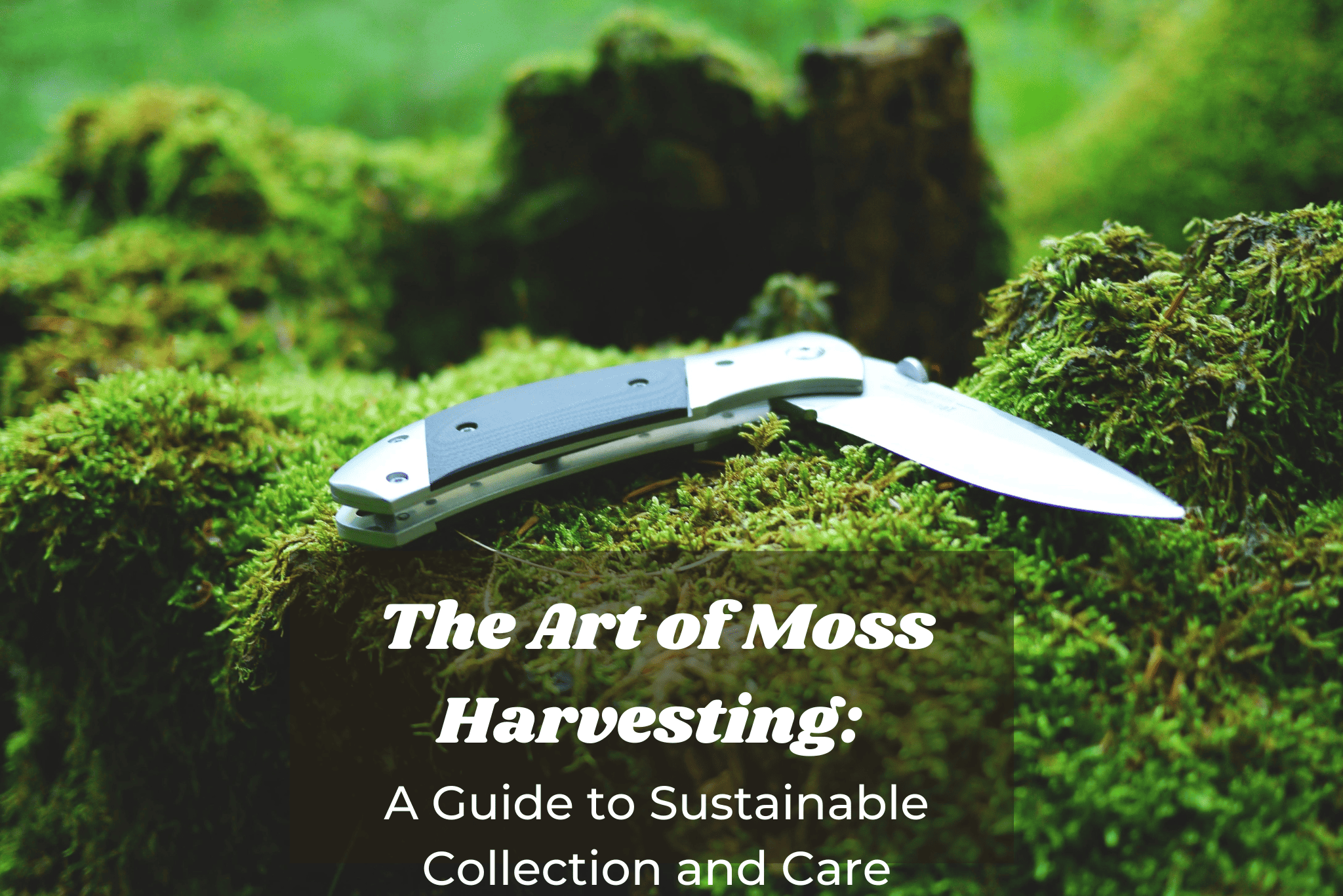
The Art of Moss Harvesting: A Guide to Sustainable Collection and Care
Read more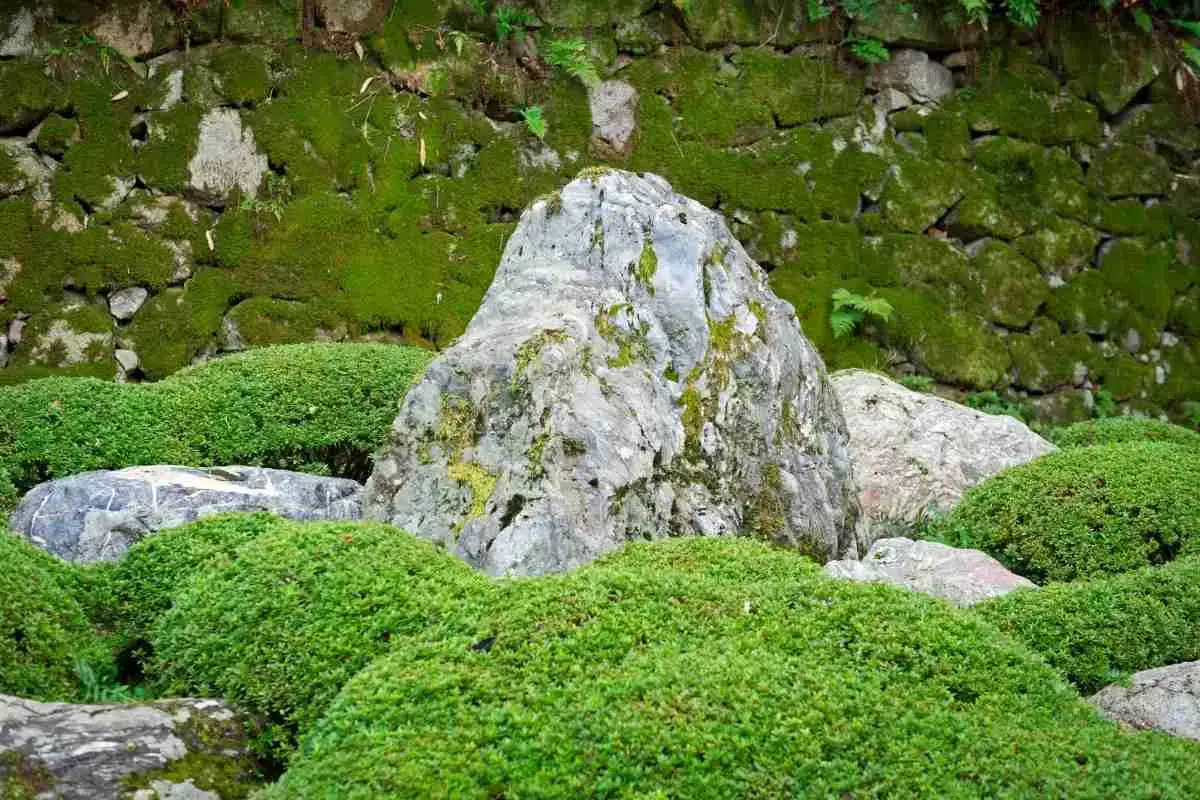
11 Types Of Moss That Grows On Rocks!
Read more
What Is A Moss Pole? And Why Are They Used?
Read more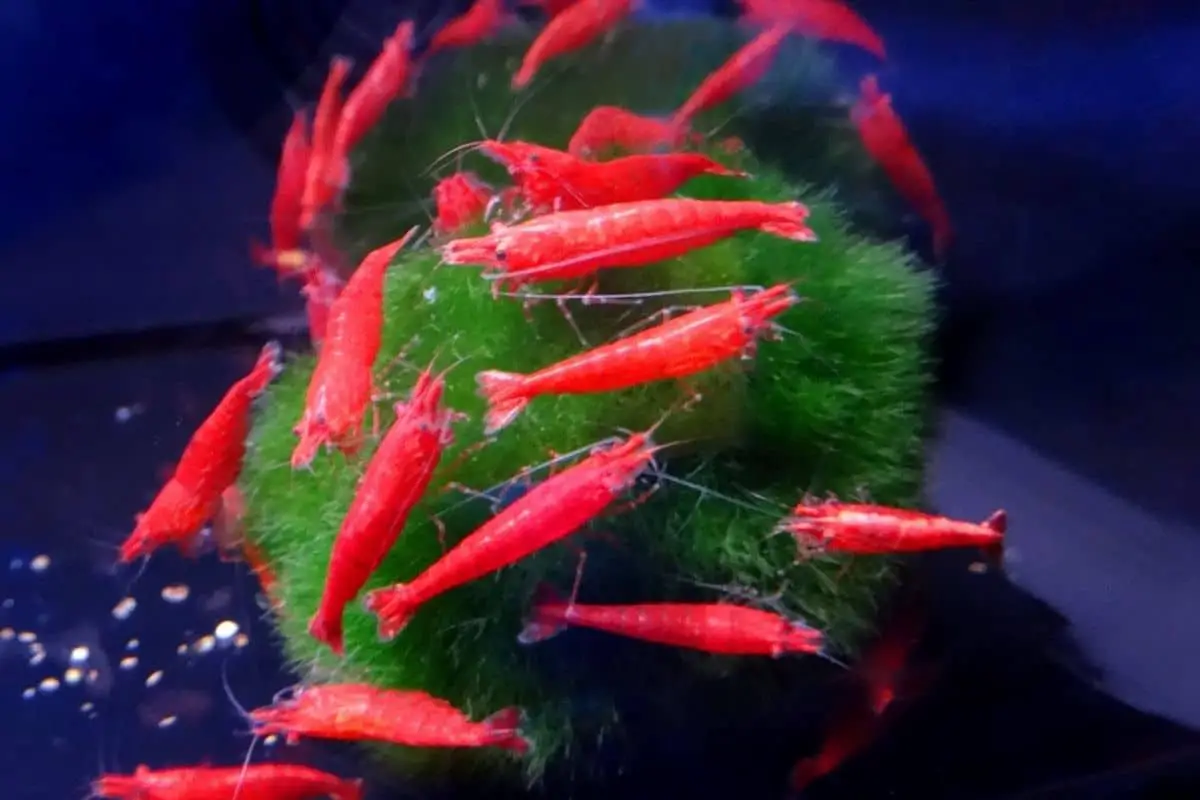
How Long Do Moss Balls Last In A Fish Tank?
Read more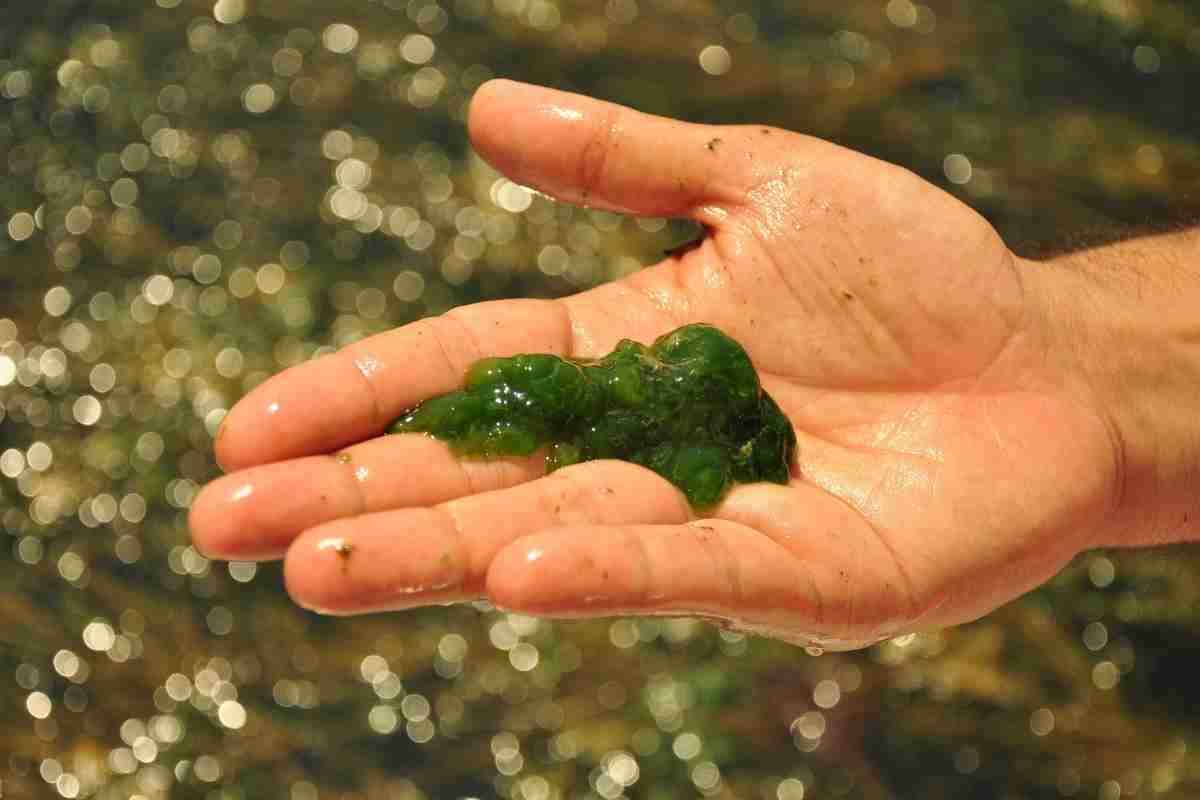
How Fast Does Algae Grow? Growth Rate Factors!
Read more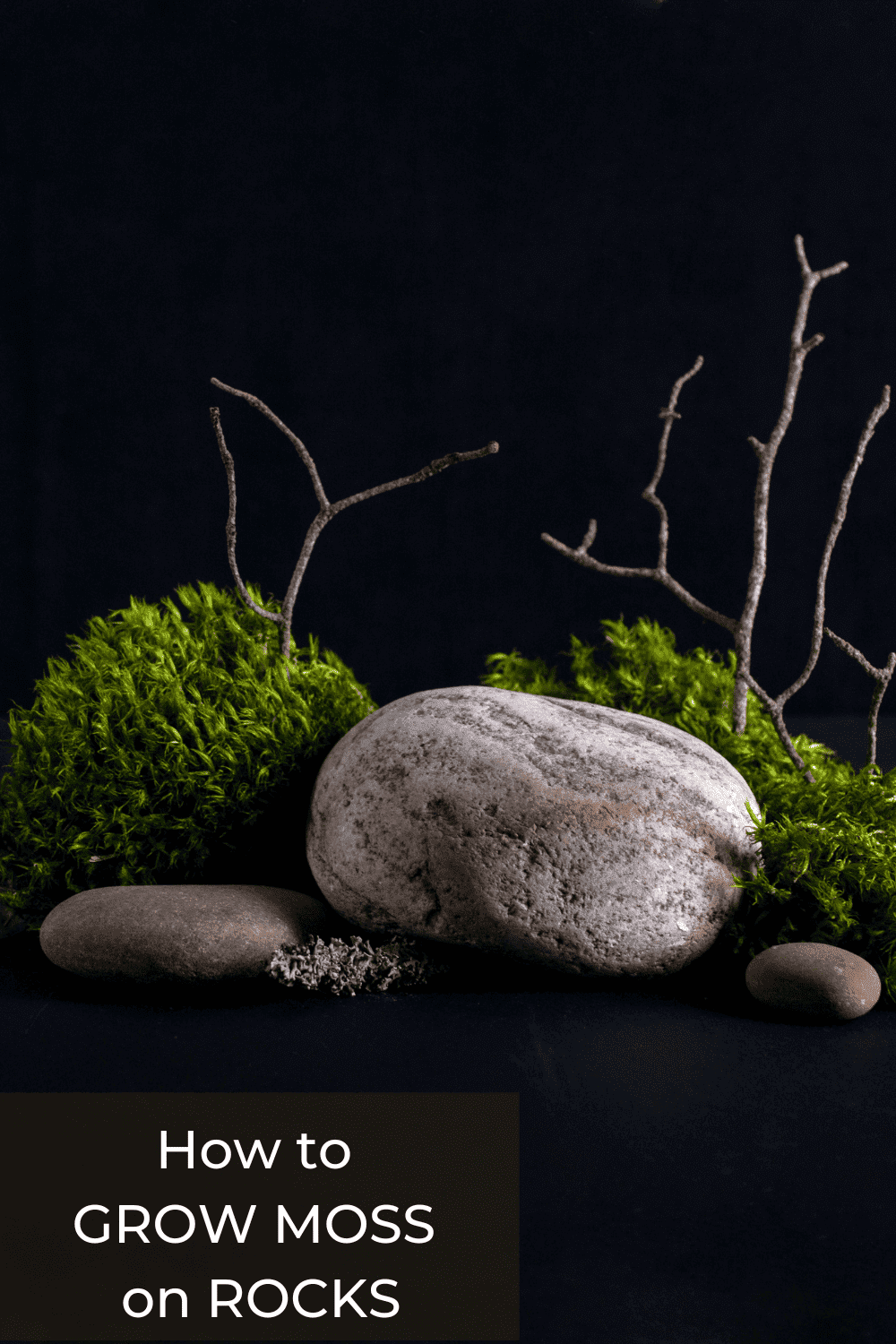
How to Grow Moss on Rocks and Impress Your Friends (or Enemies)
Read more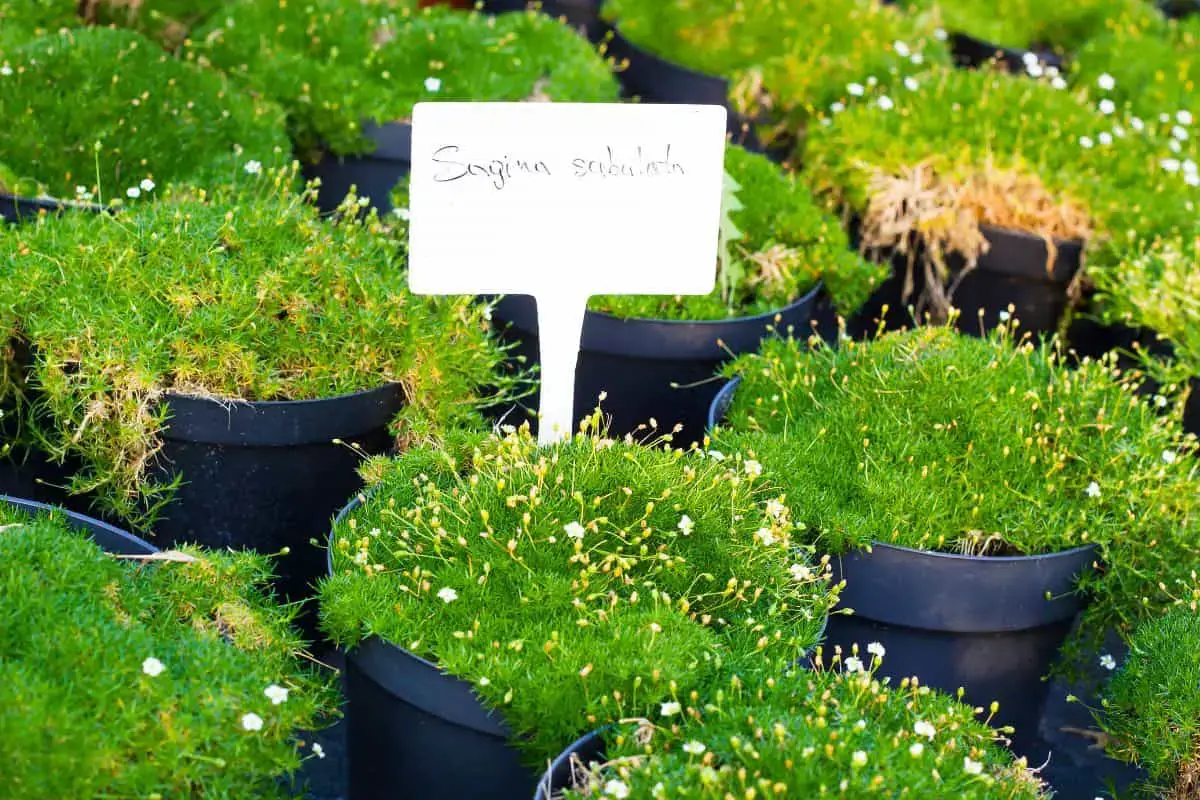
How To Grow Irish Moss Between Pavers?
Read more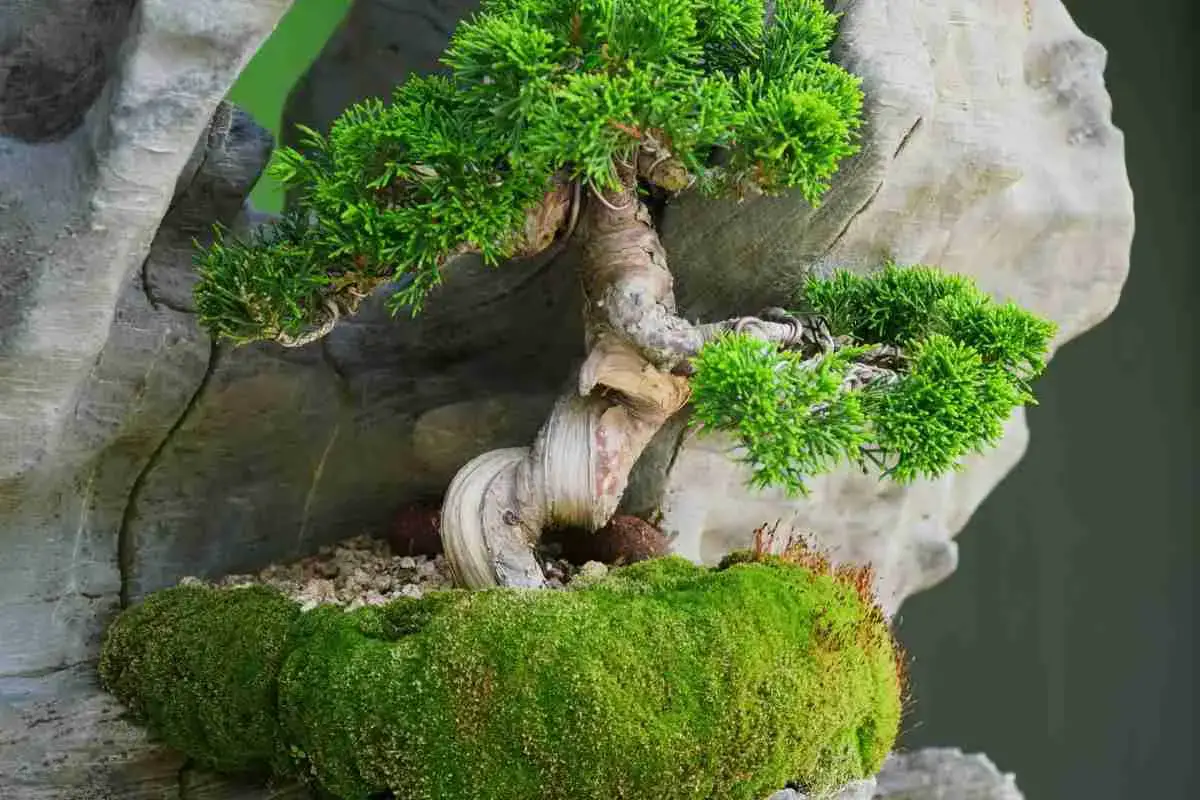
Sphagnum Moss For Bonsai: Is It Safe?
Read more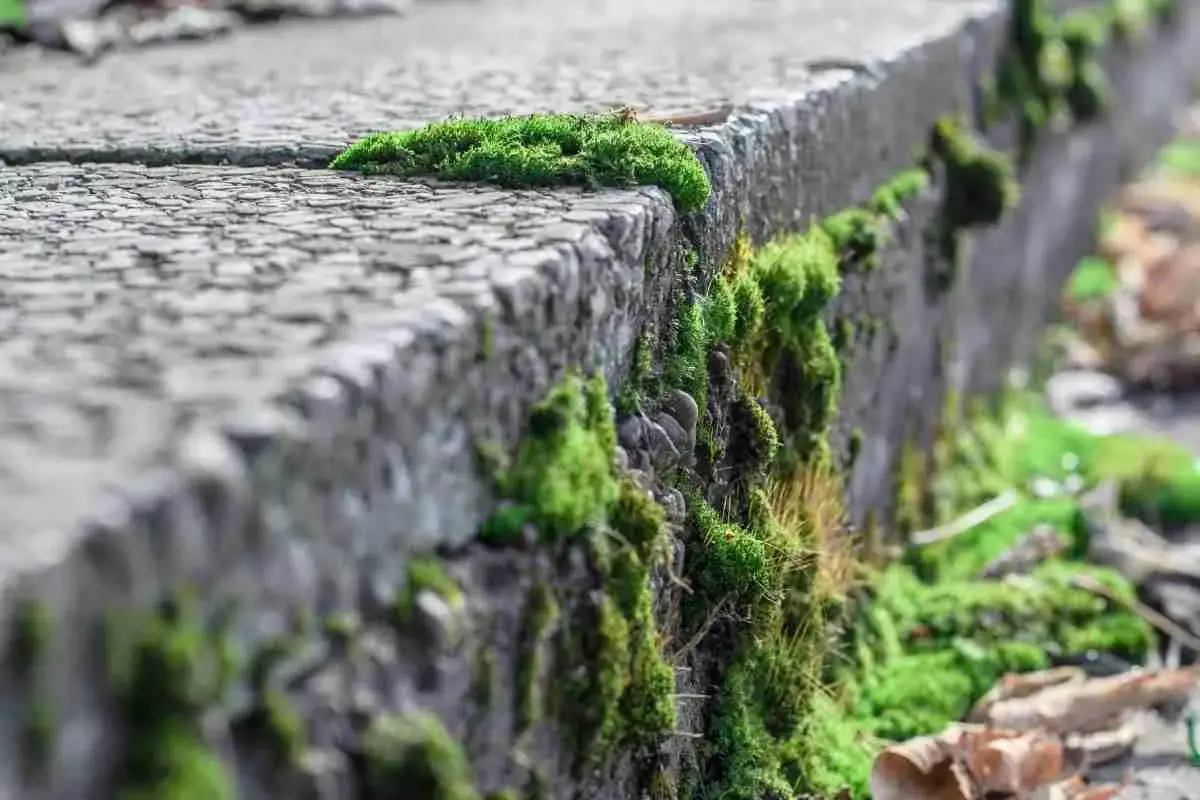
7 Ways To Permanently Remove Moss From Concrete
Read more
Buttermilk To Grow Moss: Weird, But Effective!
Read more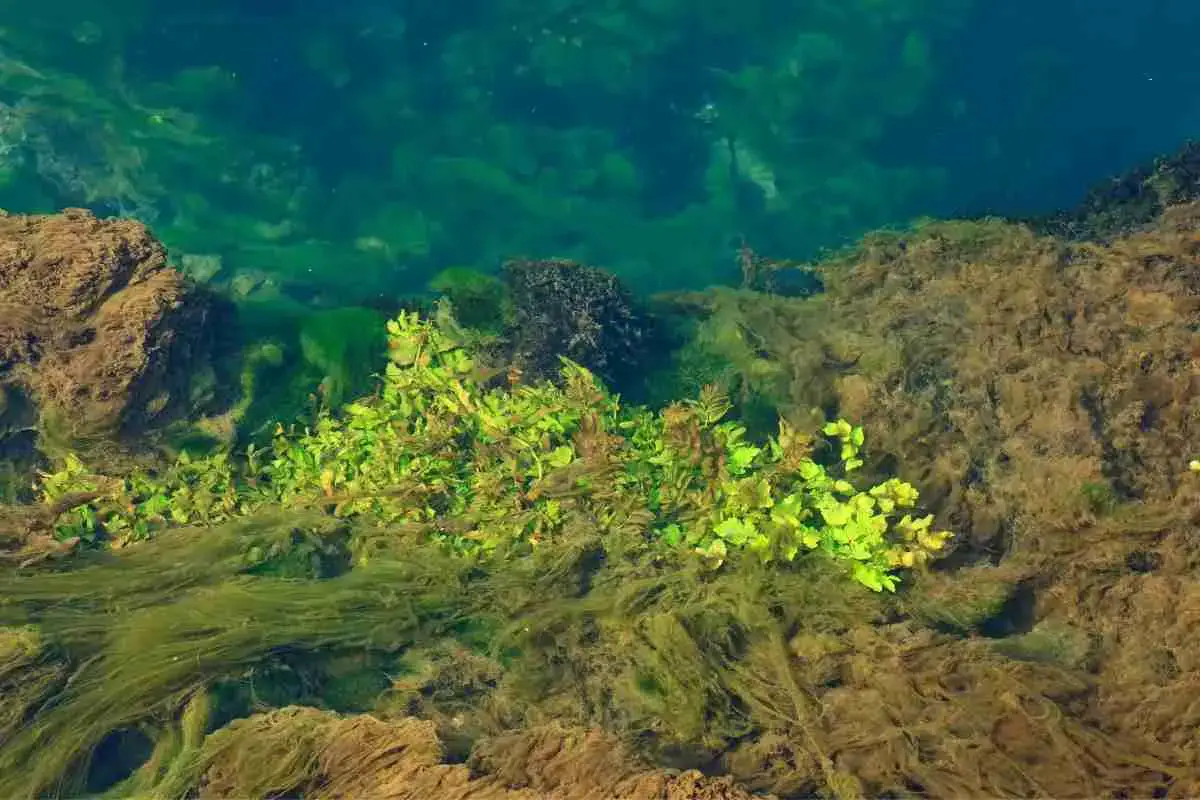
Is Algae A Producer of the Future? Understanding Its Role in Energy and Food Production
Read more